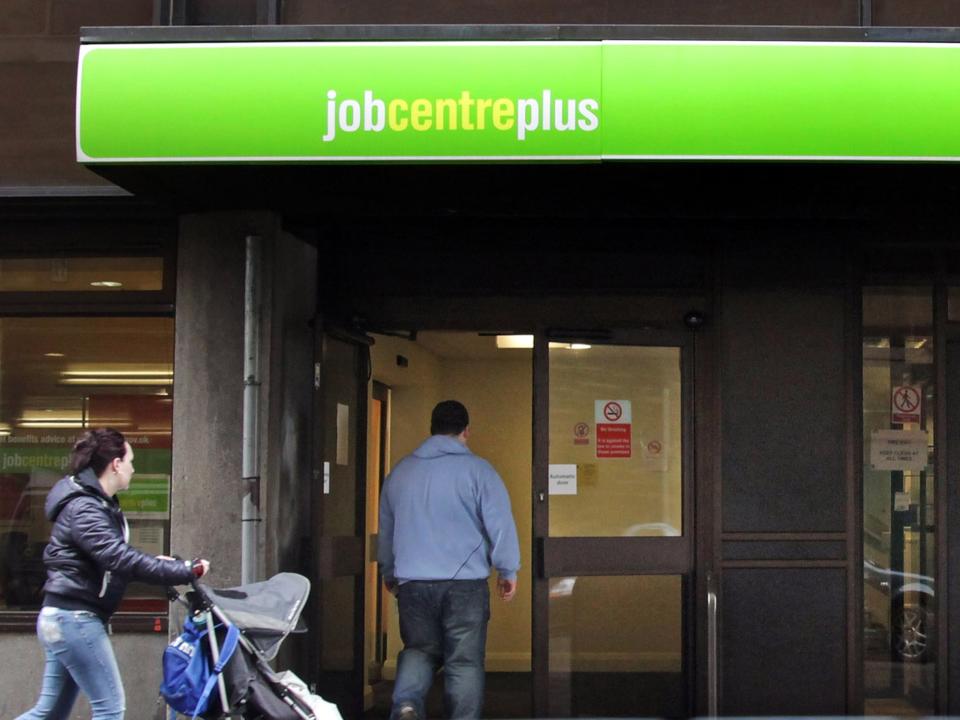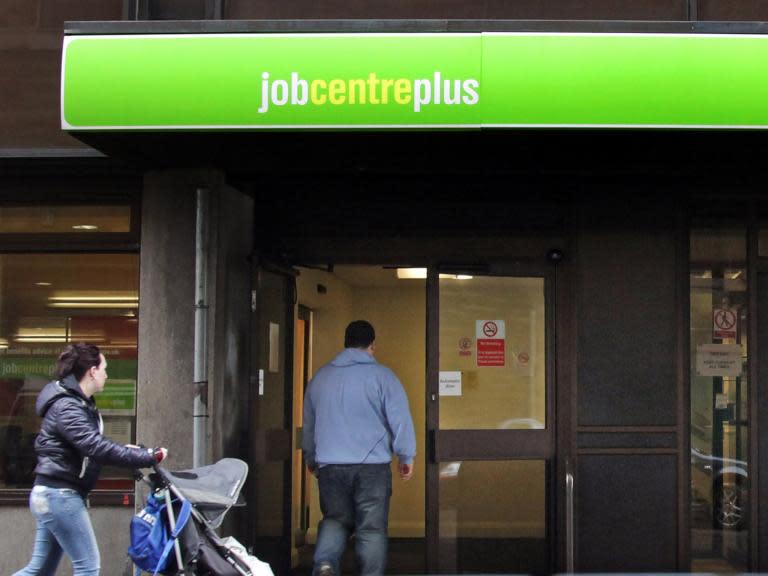Here’s why higher employment numbers are not a sign of a benign Brexit effect
News of higher-than-ever (well since 1975) employment numbers has been celebrated as a sign that Brexit isn’t coming at a cost to jobs. That view is mistaken.
Why do I say that? Well, first, the labour market is tightening. Employers I speak to talk about a real scramble and struggle to fill vacancies. The reason? At least in part it is EU nationals returning home post-referendum.
Second, if you are a business needing to spend in order to maintain or expand your output or services, it makes more sense to do it with people than technology in the present highly uncertain times. Labour is easier to fire, and the employment law framework is skewed towards employers’ one-sided flexibility. So why bog yourself down in the long-term liabilities of investment that you may not be able to get a return on?
Third, the framework for employment law has turned conventional economics on its head. When a resource is scarce, the cost increases, right? Not so with labour in the UK economy taken as whole in 2019. Yes, wage inflation is starting to pick up, but average take-home pay is still below the pre-crash levels of 2008. Even the Bank of England has recognised that the diminished levels of trade unionism have had an adverse impact on pay.
Fourth, the smart observers look not just at employment, but at productivity too. And productivity is in the doldrums, increasing by just 0.2% in the last quarter of 2018. One reason for this is, arguably, a lack of investment both in the skills of the workforce and the equipment that they use.
Enduring low productivity, in an era of tight labour supply and weakened collective worker voice is the big story here. So, what can be done?
Brexit notwithstanding, my view is that low productivity and the cheapness of labour are inextricably linked. Why invest in something that is seen, essentially, as disposable? That is why interventions in the labour market, to set the national minimum wage and the national living wage, are increasingly important and influential.
The world has moved on from the creation of the Low Pay Commission in 1999. That was met with an end-is-nigh anguish from those who feared a fatal impact on the economy. Now the debate is more about whether there is a “tipping point” at which minimum pay levels start to cost jobs.
That debate is more intense when it comes to the national living wage for over 25s, because government decided that some job losses were an acceptable price to pay for reductions to in-work poverty, and research evidence is still being compiled. I’m looking forward to discussing all this with Professor Arindrajit Dube, recently appointed by the chancellor to look at this in an international context.
It’s reassuring that there is a political consensus around the Low Pay Commission as one of the few remaining examples of social partnership.
The representatives of workers (I am currently one of them), employers and academia are supported by a comprehensive programme to produce evidence-based recommendations. It’s telling that we are able to reach consensus, albeit after hard negotiations, and that in turn governments of all colours have accepted those recommendations. Millions of workers are paid at statutory minimums, or on scales linked to them.
The bottom line for me is this: the economy is still growing but current high employment is inherently unstable, and if there is a tipping point, we don’t seem to have reached it yet. The Low Pay Commission is needed more than ever. And there doesn’t seem to be any disagreement about that.

 Yahoo News
Yahoo News 

